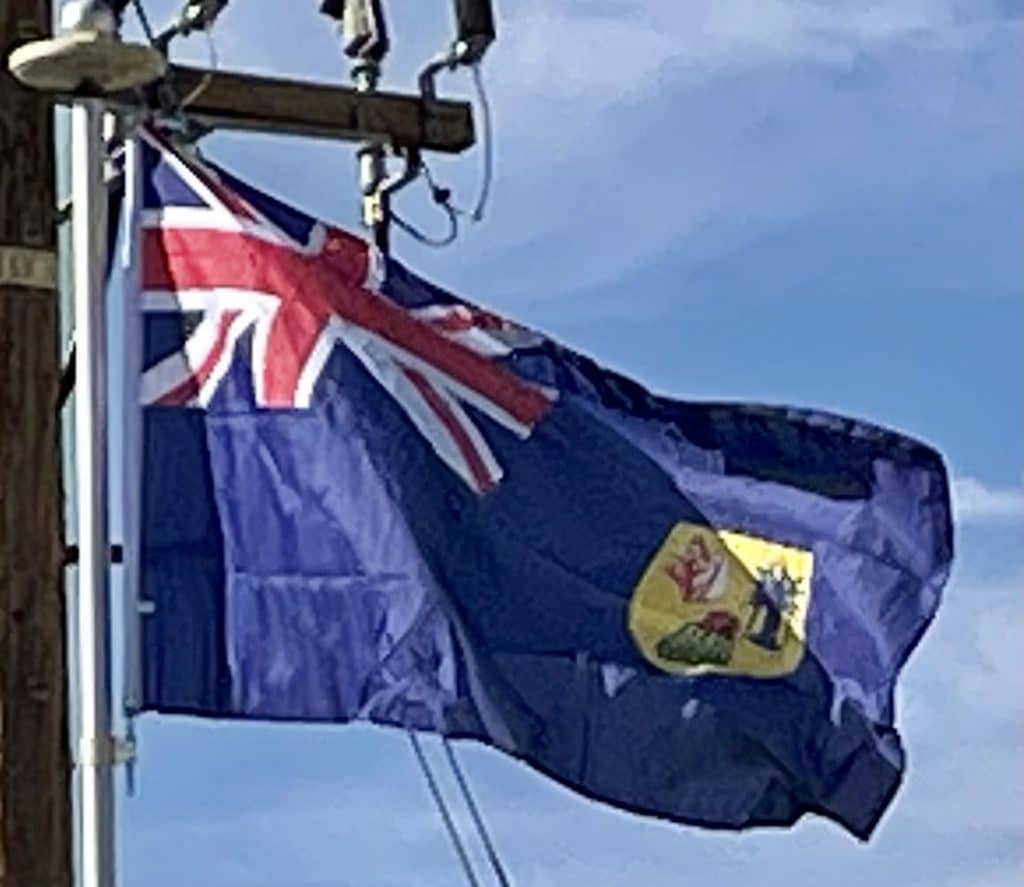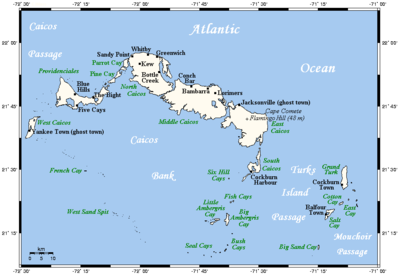In 2002 the islands were re-designated a British Overseas Territory, with islanders gaining full British citizenship. A new constitution was promulgated in 2006; however in 2009 Premier Michael Misick resigned in the face of corruption charges, and the United Kingdom took over direct control of the government. A new constitution was promulgated in October 2012 and the government was returned to full local administration after the November 2012 elections.
In 2010 the leaders of The Bahamas and the Turks and Caicos Islands discussed the possibility of forming a federation.
In the 2016 elections, Rufus Ewing’s Progressive National Party (PNP) lost for the first time since they replaced Derek Hugh Taylor’s government in 2003. The People’s Democratic Movement (PDM) came to power with Sharlene Cartwright-Robinson as Premier. She was replaced by Washington Misick after the Progressive National Party won the 2021 general elections.
Geography:
The two island groups are in the North Atlantic Ocean, southeast of the Bahamas, northeast of Cuba, about 160 kilometers (99 mi) north of Hispaniola, and about 1,000 kilometers (620 mi) from Miami in the United States. The territory is geographically contiguous to the Bahamas, both comprising the Lucayan Archipelago, but is politically a separate entity. The Caicos Islands are separated by the Caicos Passage from the closest Bahamian islands, Mayaguana and Great Inagua. The nearest foreign landmass from the Turks and Caicos Islands is the Bahamian island of Little Inagua, about 30 miles from West Caicos.
The eight main islands and more than 22 smaller islands have a total land area of 616.3 square kilometers (238.0 square miles),[a] consisting primarily of low, flat limestone with extensive marshes and mangrove swamps and 332 square kilometers (128 sq mi) of beach front. The tallest peaks in the islands are Blue Hills on Providenciales and Flamingo Hill on East Caicos, both at a modest 48m. The weather is usually sunny (it is generally regarded that the islands receive 350 days of sun each year) and relatively dry, but suffers frequent hurricanes. The islands have limited natural fresh water resources; private cisterns collect rainwater for drinking. The primary natural resources are spiny lobster, conch, and other shellfish.
The two distinct island groups are separated by the Turks Island Passage.
Economy:
The economy of Turks and Caicos is dominated by tourism, offshore finance and fishing. The US dollar is the main currency used on the islands.
Historically the salt industry, along with small sponge and hemp exports, sustained the Turks and Caicos Islands (only barely, however; there was little population growth and the economy stagnated). The economy grew in the 1960s, when American investors arrived on the islands and funded the construction of an airstrip on Providenciales and built the archipelago’s first hotel, “The Third Turtle”. A small trickle of tourists began to arrive, supplementing the salt-based economy. Club Med set up a resort at Grace Bay soon after. In the 1980s, Club Med funded an upgrading of the airstrip to allow for larger aircraft, and since then, tourism has been gradually on the increase.
In 2010/2011, major sources of government revenue included Import Duties (43.31%), Stamp Duty on Land Transaction (8.82%), Work Permits and Residency Fees (10.03%) and Accommodation Tax (24.95%). The territory’s gross domestic product as of late 2009 is approximately US$795 million (per capita $24,273).
The primary agricultural products include limited amounts of maize, beans, cassava (tapioca) and citrus fruits. Fish and conch are the only significant export, with some $169.2 million of lobster, dried and fresh conch, and conch shells exported in 2000, primarily to the United Kingdom and the United States. In recent years, however, the catch has been declining. The territory used to be an important trans-shipment point for South American narcotics destined for the United States, but due to the ongoing pressure of a combined American, Bahamian and Turks and Caicos effort this trade has been greatly reduced.


